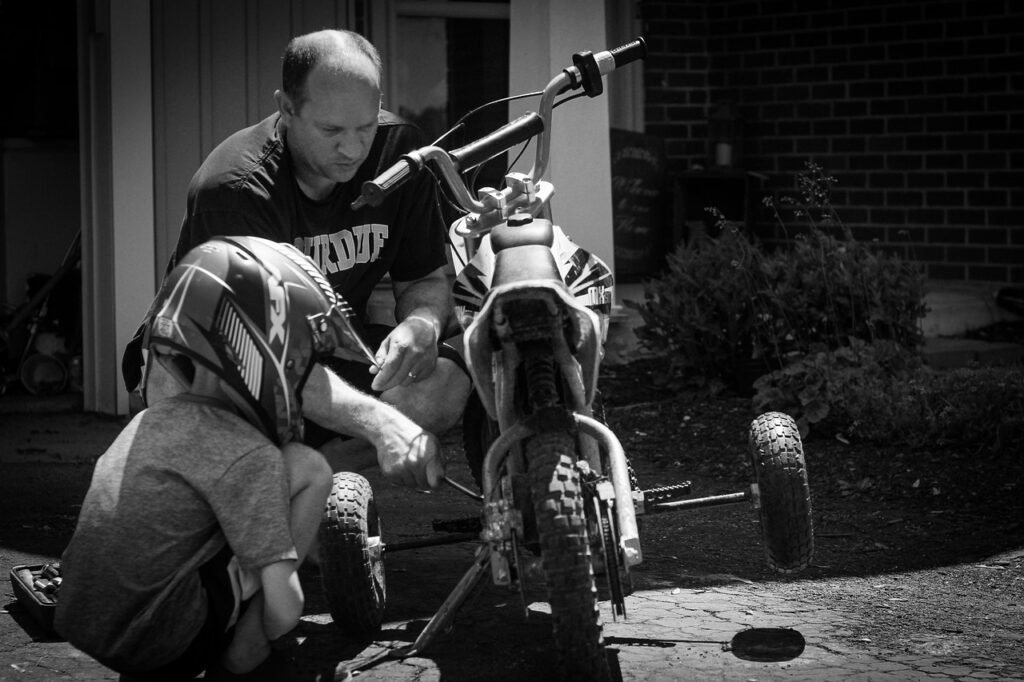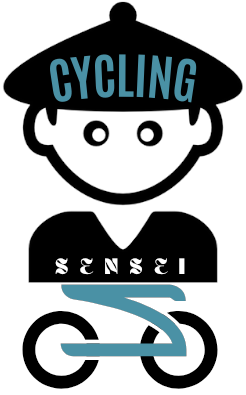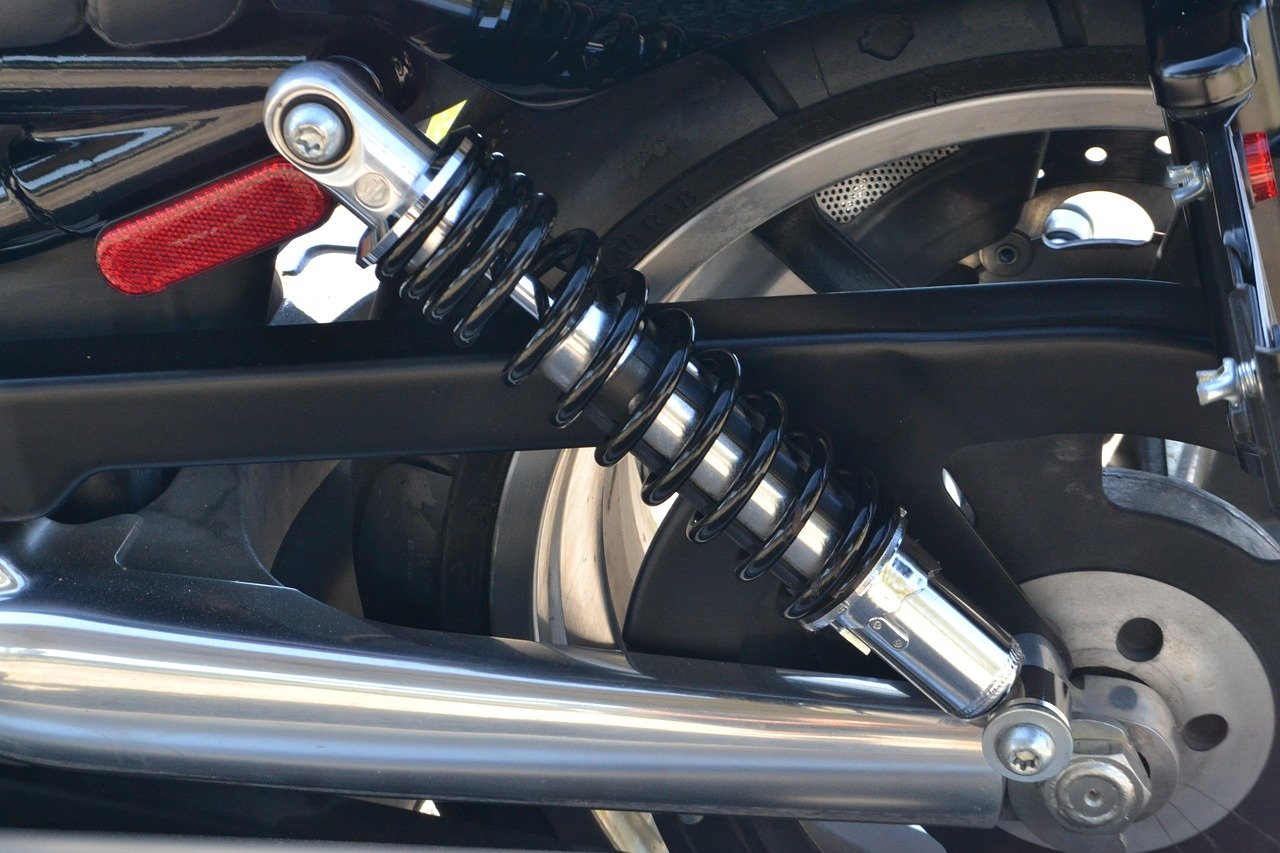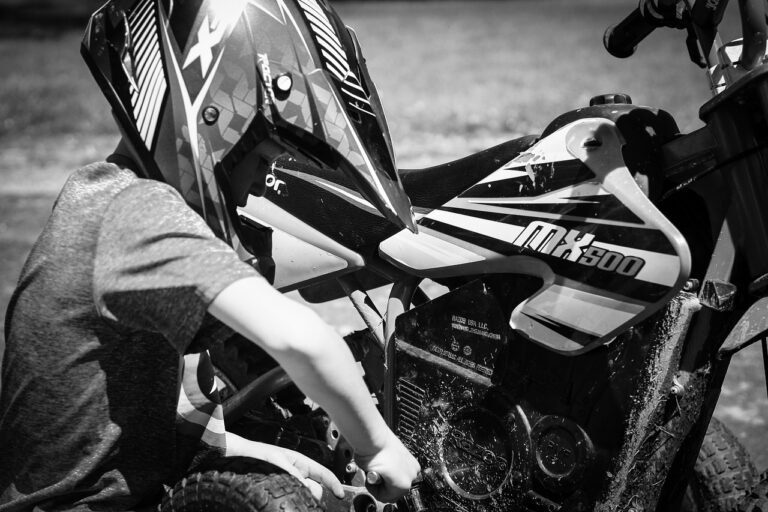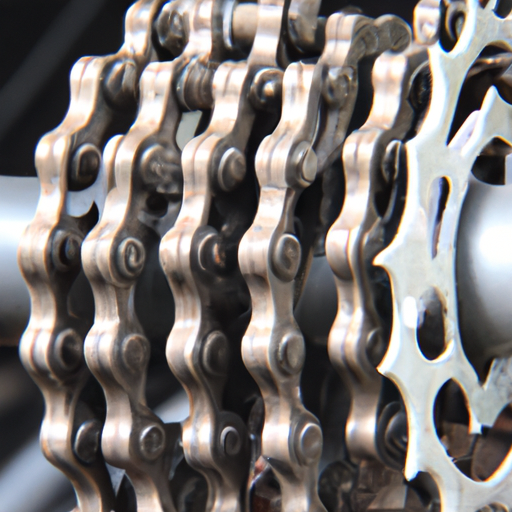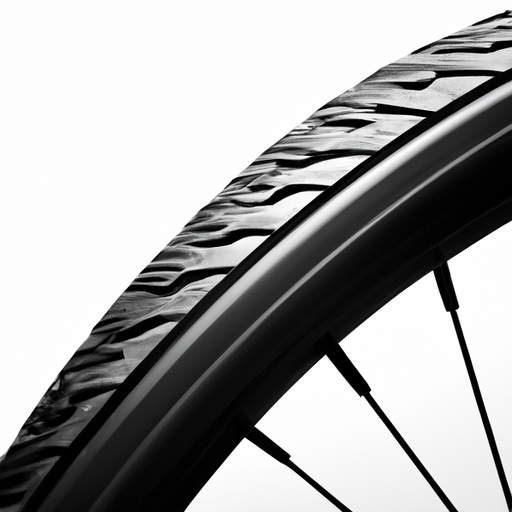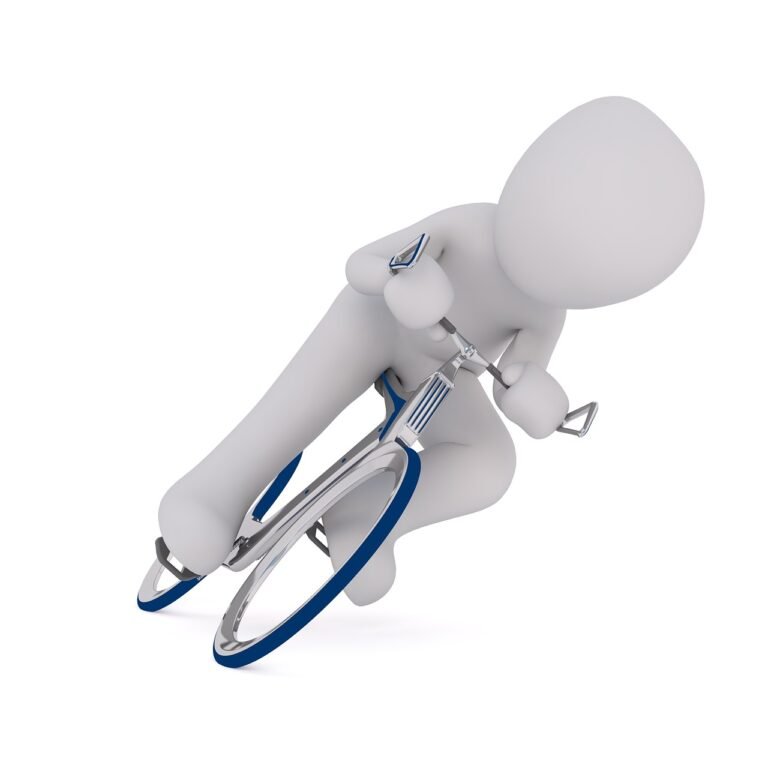What’s The Correct Way To Check And Tighten My Bike’s Bolts And Fasteners?
So, you’ve recently become an avid cyclist, and you’re enjoying your time exploring the scenic roads on your trusty bike. But have you ever stopped to think about the importance of regularly checking and tightening the bolts and fasteners on your bike? Well, let me tell you, it’s a crucial aspect of bike maintenance that shouldn’t be overlooked. In this article, we’ll guide you through the correct way to check and tighten your bike’s bolts and fasteners, ensuring your ride remains safe and smooth. Let’s dive in!
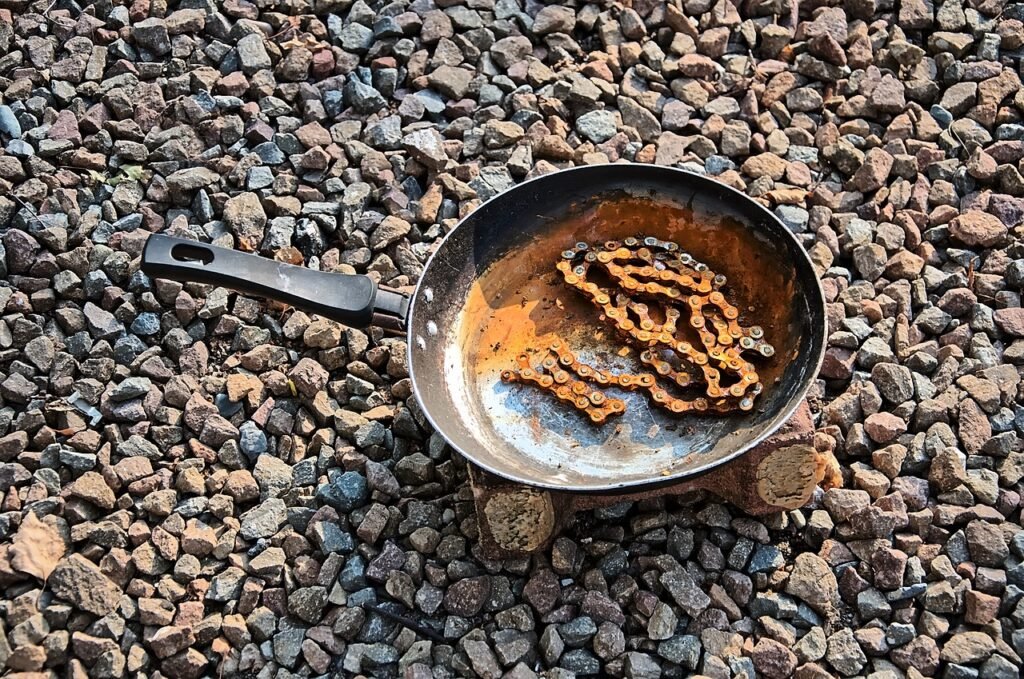
Importance of Regularly Checking and Tightening Bike’s Bolts and Fasteners
Regularly checking and tightening your bike’s bolts and fasteners is essential for several reasons. Firstly, it ensures your safety and helps prevent accidents. Loose bolts and fasteners can cause components to shift, leading to instability while riding. This can result in loss of control and potential accidents. By regularly checking and tightening these bolts, you can significantly reduce the risk of such incidents.
Moreover, regularly checking and tightening bike bolts and fasteners also helps prevent damage to bike components. As you ride, vibrations and impacts can cause bolts to loosen over time. Loose bolts can lead to excessive movement and rubbing between bike parts, resulting in premature wear and damage. By addressing these issues early on, you can avoid costly repairs and extend the lifespan of your bike.
Another significant benefit of regular bolt and fastener maintenance is improved bike performance. Loose bolts and fasteners can affect the bike’s overall stability and responsiveness. By ensuring everything is securely tightened, you can optimize power transfer, enhance maneuverability, and enjoy a smooth and efficient ride.
Tools Required for Checking and Tightening Bike’s Bolts and Fasteners
Before delving into the specific techniques for checking and tightening bike bolts and fasteners, it is essential to have the right tools on hand. Here are the tools you will need:
Allen Wrench Set
An Allen wrench set is a must-have tool for any bike owner. It includes a range of hexagonal-shaped wrenches in different sizes, as most bike bolts utilize hex heads. Make sure you have multiple size options to accommodate various bolt sizes on your bike.
Socket Wrench Set
A socket wrench set is useful for tightening bolts with rounded heads, such as axle nuts. It consists of a handle and interchangeable socket attachments in different sizes. Having a socket wrench set ensures you can properly tighten these types of bolts without causing any damage.
Torque Wrench
A torque wrench is a specialized tool used to tighten bolts to a specific torque measurement. It provides precise torque control, preventing over-tightening or under-tightening. This tool is particularly important when dealing with components that have specific torque requirements, such as carbon handlebars or stem bolts.
Screwdriver Set
A screwdriver set is essential for dealing with bolts secured by screw heads or Phillips heads. Make sure you have both flathead and Phillips screwdrivers in various sizes to accommodate different bolt types.
Adjustable Wrench
An adjustable wrench is handy for handling bolts with square or flat heads. It allows you to tighten or loosen these bolts without the need for specific socket sizes.
Having these tools readily available will make it easier and more efficient for you to check and tighten your bike’s bolts and fasteners.
Pre-Ride Inspection Checklist for Bolts and Fasteners
Performing a pre-ride inspection ensures that your bike is in optimal condition before hitting the road. Here’s a comprehensive checklist for checking bolts and fasteners:
Inspecting Handlebar Bolts
Start by checking the bolts securing your handlebars. Ensure they are tightened securely, with no visible signs of rust or wear. Loose handlebar bolts can lead to dangerous steering issues, so make sure they are properly tightened.
Checking Stem Bolts
Next, inspect the stem bolts. These bolts keep your handlebars attached to the bike’s frame. Make sure they are tightened snugly, but be cautious not to overtighten them. Double-check the alignment of your handlebars and adjust the stem bolts if necessary.
Examining Headset Bolts
Inspect the headset bolts, which keep the fork and frame securely connected. If these bolts are loose, it can result in wobbly steering and compromised stability. Ensure the headset bolts are firmly tightened, but be mindful not to overtighten and damage the bearings.
Inspecting Brake and Shift Lever Bolts
Check the bolts securing your brake and shift levers. Loose bolts in this area can affect your ability to effectively control your bike’s speed and shifting. Make sure these bolts are adequately tightened to ensure smooth and responsive braking and shifting.
Checking Seatpost Clamp Bolt
The seatpost clamp bolt holds the seatpost securely in place. Ensure it is tightened to prevent any unwanted movement or slippage while riding. Always refer to your bike’s specific torque specifications for this bolt, as overtightening can damage the seatpost or frame.
Inspecting Crank Bolts
Crank bolts secure the cranks onto the bottom bracket spindle. Check that these bolts are tightened securely to prevent any movement or creaking while pedaling. Refer to your bike’s manufacturer guidelines for the correct torque specifications.
Checking Pedal Bolts
Pedal bolts keep the pedals securely attached to the crank arms. Inspect these bolts and make sure they are tightened appropriately to prevent pedal wobble or accidental detachment while riding. Use a pedal wrench or Allen wrench, depending on the bolt type.
Examining Derailleur Bolts
The bolts securing your derailleur play a crucial role in maintaining accurate gear shifting. Loose derailleur bolts can lead to misalignment and poor shifting performance. Check these bolts and ensure they are tightened adequately, but be cautious not to overtighten and damage the derailleur hanger.
Inspecting Hub and Axle Nuts
Inspect the nuts securing the hubs and axles. Loose or improperly tightened nuts can result in wheel misalignment and even wheel detachment in severe cases. Tighten these nuts securely using a socket wrench.
Checking Wheel Quick Release Levers
If your bike has quick-release levers on the wheels, check that they are properly tightened. These levers secure the wheels onto the bike, and loose levers can lead to wheel instability. Make sure the levers are tightened snugly, but avoid excessive force when closing them.
By going through this pre-ride inspection checklist for bolts and fasteners, you can ensure your bike is safe and ready for a smooth ride.
Proper Techniques for Checking and Tightening Bolts and Fasteners
To effectively check and tighten your bike’s bolts and fasteners, it is crucial to adhere to proper techniques. Here are some key considerations:
Using Correct Tools for Each Bolt Type
Using the correct tools is vital to avoid damaging the bolts or fasteners. Match the tool type to the bolt head shape, such as using an Allen wrench for hex bolts or a socket wrench for rounded bolts. Using the wrong tool can lead to stripped heads or rounded edges, making the bolts difficult to remove or tighten.
Checking for Signs of Wear or Damage
Inspect each bolt and fastener for signs of wear or damage. Look out for rust, corrosion, or stripped threads. If you notice any issues, such as rounded edges or stripped heads, consider replacing the bolt or seeking professional assistance. This is especially important for critical components like handlebars, stems, and seatposts.
Ensuring Bolts Are Properly Torqued
Use a torque wrench when appropriate to ensure bolts are tightened to the manufacturer’s recommended torque specifications. Over-tightening can damage the threads or components, while under-tightening can lead to insufficient clamping force. Refer to your bike’s manual or consult with a professional for the correct torque values.
Avoiding Over-Tightening Bolts
While ensuring bolts are adequately tightened is essential, be careful not to over-tighten them. Over-tightening can cause bolts to snap, strip threads, or damage surrounding components. It is important to strike a balance between proper clamping force and avoiding excessive torque.
Using Loctite or Threadlocker if Needed
In some cases, using a threadlocker such as Loctite can help prevent bolts from loosening due to vibrations. Apply a small amount of threadlocker to the bolt threads before tightening, following the specific instructions provided with the product. Be mindful that excessive use of threadlockers can make future adjustments or removal difficult.
By following these proper techniques, you can ensure that your bike’s bolts and fasteners are properly checked, tightened, and maintained for optimal performance and safety.
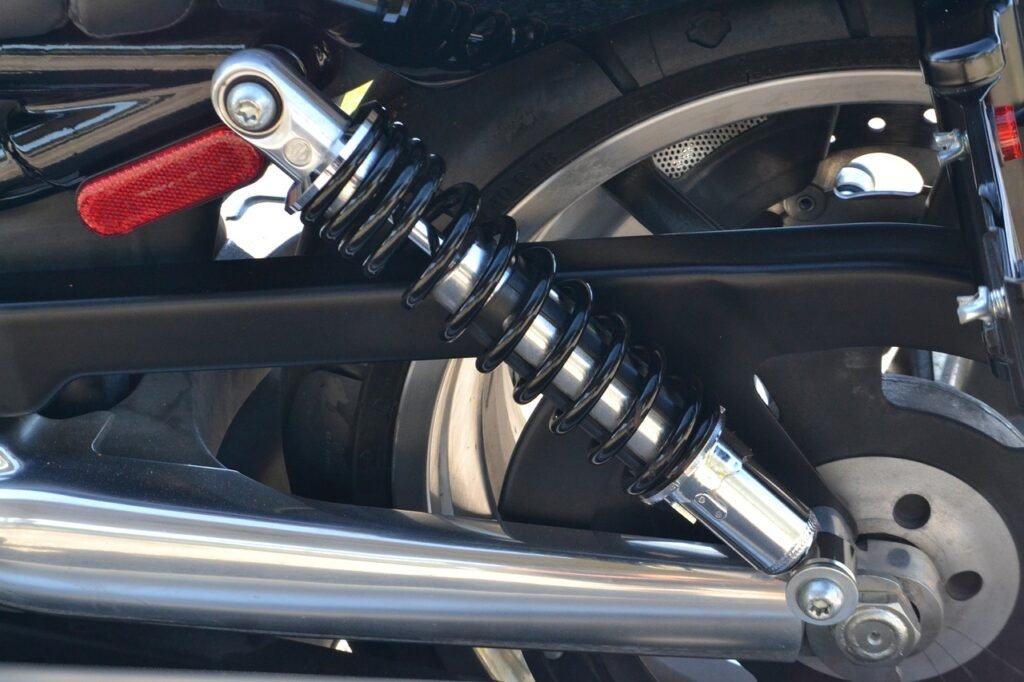
Specific Tips for Different Bike Components
Different bike components may require specific attention when it comes to checking and tightening bolts and fasteners. Here are some tips for various bike components:
Checking and Tightening Bolts on Handlebars and Stem
Handlebars and stems are critical components that require special attention. Make sure all bolts securing the handlebars and stem are tightened properly, taking care not to overtighten and damage carbon components. Double-check for any signs of slippage or movement while applying force to the handlebars.
Inspecting and Tightening Brake and Shift Levers Bolts
Brake and shift lever bolts should be inspected regularly, ensuring they are securely tightened. Loose bolts can lead to misalignment, affecting your ability to brake or shift gears effectively. Check these bolts frequently and tighten them as necessary.
Examining and Adjusting Seatpost Clamp Bolt
The seatpost clamp bolt keeps the seatpost securely in place. Examine it regularly and make sure it is tightened adequately to prevent any unwanted movement or slippage. Use a torque wrench or refer to the manufacturer’s recommended torque specifications to ensure the proper tightness.
Tightening Crank Bolts and Pedal Bolts
Crank bolts and pedal bolts should be checked and tightened regularly to prevent any issues while pedaling. These bolts can loosen over time due to the constant forces applied during riding. Ensure they are tightened properly, but be cautious not to overtighten, as this can lead to damage or difficulties in future removal.
By paying attention to these specific tips for different bike components, you can maintain the overall integrity and performance of your bike.
When to Seek Professional Help
While regular maintenance and checking of bolts and fasteners are essential, there are instances where seeking professional help is necessary. Here are some situations when you should consider getting assistance:
When Bolts Are Stripped or Damaged
If you encounter stripped or damaged bolts, it is advisable to seek professional assistance. Stripped or damaged bolts may require specialized tools or expertise to remove or repair. Attempting to address these issues without proper knowledge or tools can lead to further damage and potentially unsafe conditions.
If You Are Unsure About Proper Techniques
If you are uncertain about the proper techniques for checking and tightening specific bolts, it is best to consult with a professional. They can provide guidance and ensure that the bolts are tightened correctly, according to the manufacturer’s specifications. This is particularly crucial for components with specific torque requirements, such as carbon fiber parts.
If You Notice Persistent Issues Despite Regular Maintenance
If you consistently experience issues with bolts and fasteners despite regular maintenance, it is advisable to seek professional help. Persistent loosening or slipping of bolts may indicate other underlying problems with the components or the bike frame. A professional bike mechanic can diagnose and address these issues effectively.
Remember, your safety is paramount when it comes to bike maintenance. If you encounter any doubts or persistent issues, don’t hesitate to reach out to a knowledgeable and experienced professional.
In conclusion, regularly checking and tightening your bike’s bolts and fasteners is crucial for ensuring safety, preventing damage, and improving performance. By following proper techniques, using the right tools, and conducting regular inspections, you can enjoy a safer and more enjoyable riding experience. Remember to consult with professionals whenever necessary and maintain an ongoing maintenance routine to keep your bike in optimal condition. Keep pedaling with confidence knowing that your bike’s bolts and fasteners are secure!
